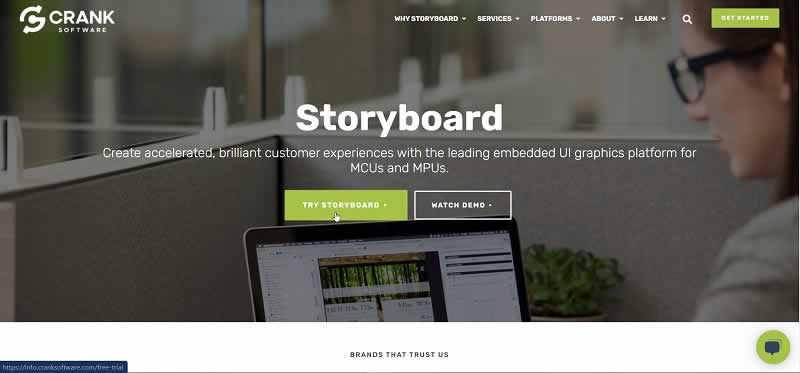User Interface (UI) and User Experience (UX) have come along a long way in all embedded devices. But despite all the advancements in technology and hardware, specific challenges arise when creating medical device UI. Small errors, while interacting with the UI of devices like kiosks, vending machines, or smart fridge screens can be neglected or used in other ways.
However, when interacting with a medical device, say an infusion pump, there is no room even for the smallest or the most marginal error.
Common design mistakes in medical devices can include dim screens leading to an inaccurate reading of medicinal data, small figures and decimal points, not perfectly sized keys for keyboard punches, etc. Hence, designing the perfect UI for medical devices requires countless hit and error trials, test runs, prototypes, and more to make that one medical device UI that actually works.
Medical device UI is more of customer safety than customer experience. Hence, here are a few tips to create the best medical device UI: –
Keep your audience in view
The medical world reaches far beyond expert doctors and trained professionals. Your medical devices will come in contact with caretakers, training nurses, and maybe even the patient itself. Hence, while creating the UI, you need to have your audience in perspective.
Consider if the device user will be a trained person or a caretaker with minimal training and what amount of calls of action, they will require to achieve the most accurate result with the device. It is essential to see if the medical device will be used in specialized areas like an MRI room or operating theater, or if it will be used in the clinic of a general practitioner.
If your audience is likely to have more untrained people, make the design intuitive to follow. Also, ask specialized doctors what features will be highly necessary to include in the medical device UI.
Seamless communication with developers and consumers
Now that you have an idea of what your audience requires, it is time to implement it into the medical device’s design. Yet, your ongoing project might need several modifications, alterations, and other amendments that will continue to arise. Hence, you need to have open communication channels with your developing team, engineers, and others who thought behind the UI design.
Maintaining interactions with your consumer end is equally important, too. As the receiving end might deem fit several alternatives while will enhance the User Experience, you should have several open channels that allow easy conversations between your developer and the consumer market. A balance in between the prototype created by engineers infused with the features that the consumers require will ultimately be the best medical device UI ever.

Crank Software’s Storyboard allows you to make ample use of both these tips and create your medical device UI accordingly. The software’s development and design teams work separately on the same code base and are always available for discussions and iterations. As you go through your audience and create a design, you can easily import it from Photoshop and animate objects for user experience. The intuitiveness of a medical device UI is their specialty.
Screen density and usage
The layout of medical devices requires enough screen space to help the users distinguish the information shown on the screen and take prompt actions. A densely packed screen with a lot of information can add to a break in the set of events and require the users to spend a lot of time getting used to the screen.
A clustered screen can be made more user-friendly by reducing the amount of information displayed and reducing text density by making lines more straightforward and shorter. Secondary data can always be displayed on demand if needed, and the size of logos can be decreased.
Text alignment
Most developers go for Middle-aligned text, which might look neat and appealing if in small quantities. But, if there is a page full of information and lines, the text needs to be left-aligned, so there is a better sense of lines ending and starting.
Remember that UI in medical devices needs to be more inclined towards ease of use rather than prettiness. Hence, the developers should lay the objects in a grid rather than irregular screens irrespective of however pretty they look.
Color schemes and contrast
Bright screens with enough light to help read text easily are always the best choice for screens. The UI can have options to change screen brightness. The colors displayed for on-screen icons should not be distributed on a vast spectrum.
A general color scheme with not too bright and easily distinguishable colors are the best pick. It will be better if the text color sharply contrasts with the background so that the user can easily read it.
Fonts and Icons
When choosing the fonts for the medical device UI, it is beneficial if the font is small enough not to clog up the screen and let display more options, but not so little that the user faces difficulty in reading the text. Fancy, cursive fonts are a big no for medical devices. Easy to read fonts that are publicly considered appealing should be the top pic.
Icons for the display need not be too showy, but again, they should be informative enough. A standard color scheme for background and icons can help harmonize the whole screen and make the user experience more comfortable.
Conclusion
Advanced medical device UI can help eliminate numerous errors and increase user-end quality. These few tips can help you host a plethora of medical devices with the utmost excellent UI designs.
